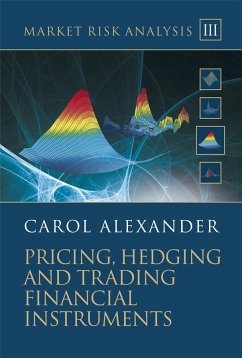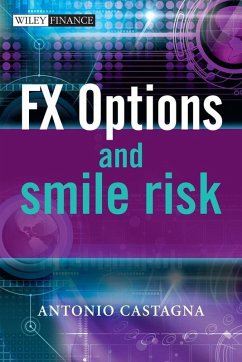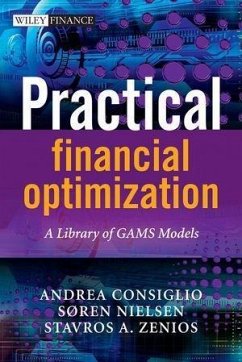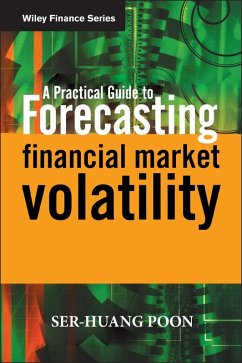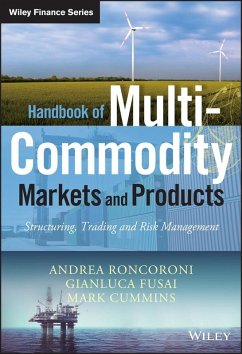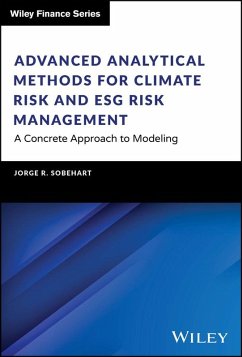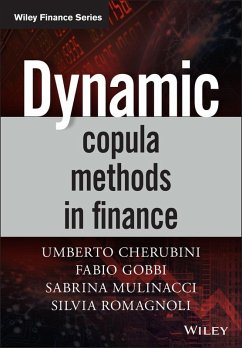
Market Risk Analysis, Practical Financial Econometrics (eBook, PDF)

PAYBACK Punkte
0 °P sammeln!
Written by leading market risk academic, Professor Carol Alexander, Practical Financial Econometrics forms part two of the Market Risk Analysis four volume set. It introduces the econometric techniques that are commonly applied to finance with a critical and selective exposition, emphasising the areas of econometrics, such as GARCH, cointegration and copulas that are required for resolving problems in market risk analysis. The book covers material for a one-semester graduate course in applied financial econometrics in a very pedagogical fashion as each time a concept is introduced an empirical...
Written by leading market risk academic, Professor Carol Alexander, Practical Financial Econometrics forms part two of the Market Risk Analysis four volume set. It introduces the econometric techniques that are commonly applied to finance with a critical and selective exposition, emphasising the areas of econometrics, such as GARCH, cointegration and copulas that are required for resolving problems in market risk analysis. The book covers material for a one-semester graduate course in applied financial econometrics in a very pedagogical fashion as each time a concept is introduced an empirical example is given, and whenever possible this is illustrated with an Excel spreadsheet. All together, the Market Risk Analysis four volume set illustrates virtually every concept or formula with a practical, numerical example or a longer, empirical case study. Across all four volumes there are approximately 300 numerical and empirical examples, 400 graphs and figures and 30 case studies many of which are contained in interactive Excel spreadsheets available from the the accompanying CD-ROM. Empirical examples and case studies specific to this volume include: * Factor analysis with orthogonal regressions and using principal component factors; * Estimation of symmetric and asymmetric, normal and Student t GARCH and E-GARCH parameters; * Normal, Student t, Gumbel, Clayton, normal mixture copula densities, and simulations from these copulas with application to VaR and portfolio optimization; * Principal component analysis of yield curves with applications to portfolio immunization and asset/liability management; * Simulation of normal mixture and Markov switching GARCH returns; * Cointegration based index tracking and pairs trading, with error correction and impulse response modelling; * Markov switching regression models (Eviews code); * GARCH term structure forecasting with volatility targeting; * Non-linear quantile regressions with applications to hedging.
Dieser Download kann aus rechtlichen Gründen nur mit Rechnungsadresse in D ausgeliefert werden.




